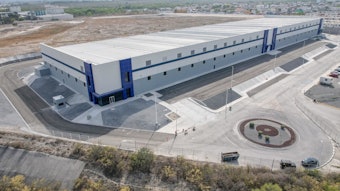
Rising job openings and employment in residential building construction industry pushed wages significantly higher after the Great Recession, with some states experiencing wage growth exceeding three times the national average from 2010 to 2015.
The preliminary Quarterly Census of Employment and Wages (QCEW) data from the Bureau of Labor Statistics show that the average annual pay for residential building construction was $50,806 in 2015, 19% higher than in 2010, when the wages hit the lowest level after the Great Recession. The QCEW provides employment and wage estimates for workers covered by unemployment insurance programs. In the QCEW, the residential building construction industry includes single-family general contractors, multifamily general contractors, for-sale builders, and remodelers (but not trade contracting businesses like framing or electrical contractors).
Compared to the average for all industries, residential building construction has experienced more rapid wage growth rate since 2012. The average annual pay for residential building construction employees increased by about 5% in 2014 and 2015 while the national average for all industries only rose 3% a year during the same period.
Changes in average annual pay in residential building construction also vary across states. After the Great Recession, states with the highest wage growth rates from 2010 to 2015 are North Dakota (36%), Georgia (36%), Texas (33%), North Carolina (30%), and South Carolina (30%). These across-state differences may reflect the pace of economic recovery in home building, with wages rising faster in the fast growing areas.



























